Album This song officially appears on the Revolver (UK Mono) LP.
Timeline This song was officially released in 1966
Timeline This song was written, or began to be written, in 1966, when Paul McCartney was 24 years old)
This song was recorded during the following studio sessions:
December 1984 • From Playboy
Wrote that out at John’s one day–the sun was shining. Influenced by the Lovin’ Spoonful.
Paul McCartney – Interview with Playboy Magazine, 1984
From Wikipedia:
“Good Day Sunshine” is a song by the English rock band the Beatles from their 1966 album Revolver. It was written mainly by Paul McCartney and credited to the Lennon–McCartney partnership. McCartney intended it as a song in the style of the Lovin’ Spoonful’s contemporaneous hit single “Daydream”. The recording includes multiple pianos played in the barrelhouse style and evokes a vaudevillian mood.
The composition contains key changes and metric anomalies, and closes with voices chanting the song title. Together with its lyrics celebrating romantic love and sunshine, the recording contrasts with the more austere and experimental aesthetic of Revolver. Among music critics, some writers have welcomed the song’s lightheartedness while others view it as a track that dilutes the album’s strengths.
“Good Day Sunshine” has been covered by the Tremeloes, Claudine Longet and Robbie Williams. McCartney re-recorded the song for his 1984 film Give My Regards to Broad Street and has regularly performed it in concert. The song was used as the wake-up music on the Space Shuttle mission STS-135. In November 2005, McCartney played it live to the crew of the International Space Station as part of a concert link-up to the space station.
Background and inspiration
Paul McCartney wrote “Good Day Sunshine” at Kenwood, John Lennon’s house in Surrey. Drawing inspiration from the sunny day, McCartney composed the melody on Lennon’s piano. He later said that Lennon helped write the song, but “it was basically mine.” Lennon recalled that the song was McCartney’s and that he perhaps “threw in a line or something”.
McCartney said that he was influenced by the Lovin’ Spoonful’s hit single “Daydream” and was trying to write a song in that vein. Lennon and George Harrison had attended the Lovin’ Spoonful’s concert at the Marquee in London in April 1966; the Beatles and members of the Rolling Stones soon lauded them as the “hot new group”. Author Steve Turner writes that the Kinks’ “Sunny Afternoon” could have been another source of inspiration for McCartney.
Composition
The song uses the keys of A major and D major. Following a four-bar introduction, it opens with the chorus. Thereafter, the structure comprises three rounds of verse and chorus, in the second of which the verse section contains an instrumental passage; the song ends with a repetition of the chorus, followed by a fadeout coda. Musicologist Alan Pollack likens the musical form to that of a folk ballad with a pop element made explicit through the intro, instrumental passage and coda.
The chords used in the introduction (E throughout) and chorus (B, F♯, E and E7) suggest a key of B major. In musicologist Walter Everett’s description, however, the B chord “reveals itself to be the V of V of A” once the verse is heard for the first time. The key change to D major occurs midway through the second verse, for the piano solo.
The six-bar choruses depart from the standard 4/4 time signature by including bars in 3/4 and 5/4 time. Music critic Ian MacDonald describes the chorus as a section that “drop[s] beats left, right, and centre” in contrast to the “barrelhouse 4/4” of the verse. In his analysis of the song, Pollack says that while he had long considered the chorus’s metre to vary in this way, the effect is more one of syncopation within 4/4, rather than formal changes in time signature. Within the three two-bar pairings, he continues, this is achieved through rhythmic accents falling on beats 1 and 4 of the first bar and beat 3 of the second bar.
Like the Revolver track “She Said She Said“, the song closes with an imitative canon in the voices. Author Mark Prendergast likens the ending to that of “I Want to Tell You“, saying that where the latter closes with an uplifting Indian devotional quality, “Good Day Sunshine” features a “raga-like edge to its vocal climax”. The ending is given extra emphasis through the melody ascending a semitone from the final chorus, to an F7 chord.
According to author Mark Hertsgaard, the lyrics combine an appreciation of the sun’s life-affirming qualities with a “standard boy–girl love story”. In focusing on the latter theme, the song serves as a comparative rarity on Revolver, where the Beatles otherwise avoid the subject of love. As with some of his other songs on the album, this trait set McCartney apart from Lennon and Harrison, whose lyrics increasingly addressed existential concerns.
Recording
The Beatles rehearsed “Good Day Sunshine” extensively in the studio on 8 June 1966, before recording three full takes of the basic track. Take 1 was selected for overdubbing, which they completed the following day. The basic track consisted of piano, bass guitar and drums. MacDonald was unsure if Lennon played guitar. According to Everett, where the Spoonful’s “Daydream” includes “a Beatlesque staggering of the entrances of four differently textured guitars”, “‘Good Day Sunshine’ has no guitars at all.” In his description of the recording sessions for the song, Beatles historian Mark Lewisohn makes no mention of a guitar track.
Lennon and Harrison added harmony vocals during the choruses, supporting McCartney’s lead. On 9 June, the three singers overdubbed further vocals at the end of the track. During the same session, Ringo Starr supplemented his drum part with additional contributions on snare, bass drum and crash cymbals, the latter at the end of the intro and over the choruses, and McCartney played a second piano part. George Martin contributed the piano solo, played in the barrelhouse style and recorded with the tape speed reduced. Music critic Richie Unterberger writes that Martin’s contribution heightens the “old-timey vaudevillian feel” of the song.
Mono and stereo mixes were created, with the only significant difference being the presence of Starr’s bass drum during the coda, heard only in the mono version. Automatic double tracking, a technique invented by the EMI engineers at the start of the Revolver sessions, was added to the main vocal track late in the song. For the stereo version, both tracks containing vocals were panned across the stereo image, heightening the effect of multiple voices singing the song title. The final mixes were carried out on 22 June, the day before the band flew to Munich to begin their 1966 world tour. At this point, the song received its formal title, having been documented as “A Good Day’s Sunshine” since the first session.
Release
In Britain, EMI gradually distributed Revolver‘s songs to radio stations throughout July, preparing listeners for the more sophisticated sounds and techniques adopted by the Beatles. EMI’s Parlophone label issued the album on 5 August 1966, with “Good Day Sunshine” sequenced as the opening track on side two of the LP. Pattie Boyd, Harrison’s wife, recalled holidaying on the French Riviera while the Beatles were away on tour, and giving local DJs an acetate of the song to play in the nightclubs she and her fellow model Zouzou visited there.
The album’s release took place midway through an unusually hot summer in the UK. It followed Time magazine’s recognition of London as the “Swinging City” of international youth culture, a phenomenon in which the Beatles played a principal role, and coincided with an atmosphere of national celebration. According to author Howard Sounes: “The sun seemed to shine every day during the summer of 1966; English music and youth style was applauded; the England soccer team won the World Cup; and the Beatles’ Revolver was the soundtrack album of the season.”
Critical reception
In their joint review of Revolver for Record Mirror, Peter Jones and Richard Green both praised the song and McCartney’s vocal, with Jones adding: “Reminds me somehow, structurally, of some of the Spoonful stuff … Paul’s great. A voice with character, power – but also subtlety. Watch the fade-finish.” Writing in Crawdaddy!, Paul Williams commented, “The impact of the Lovin’ Spoonful on British groups is excellent evidence of how alive rock ‘n’ roll is today; everyone learns from everyone else and the music just keeps getting better.” Williams admired the lyrics and piano playing on “Good Day Sunshine”, saying, “It grows on you like lichen, humble, unspectacular, but very lovable.”
“Good Day Sunshine” was one of the few songs that the Kinks’ Ray Davies enthused about when invited to give a rundown of Revolver in Disc and Music Echo. Feeling that the album’s experimental tone would alienate their fanbase, Davies said of the track: “This’ll be a giant. It doesn’t force itself on you, but it stands out like ‘I’m Only Sleeping‘. This is back to the real old Beatles.” The song was much admired by American composer and orchestral conductor Leonard Bernstein. When presenting the CBS News documentary Inside Pop: The Rock Revolution in April 1967, Bernstein praised “Good Day Sunshine” for its rhythmic surprises and key changes, citing these as examples of why the Beatles’ music was superior to most of their contemporaries’ work.
Ian MacDonald considered the track to be the band “at their effortless best” and especially admired McCartney’s vocal and Martin’s production. He described the song as “both blissfully simple and full of the free-spirited musical jesting with which The Beatles amazed classical critics”. In his song review for AllMusic, Richie Unterberger says that it “radiates optimism and good vibes, even by the high standards the Beatles themselves set in those categories”. He highlights the group’s harmony singing as “some of their most uplifting”, particularly over the fadeout, where the vocal effect suggests that “the good vibes … will not end when the record does, but echo around the skies indefinitely”. Mark Hertsgaard cites “Good Day Sunshine” as an example of how “one of the best things about the Beatles’ music is it makes you happy”, and he deems it “a song whose joy is irresistible”. Writing in Barry Miles’s The Beatles Diary, Peter Doggett describes the track as “Simple, effective and stunning” and “the ideal complement to the darker Revolver songs”.
Less impressed, Bill Wyman of Vulture ranks “Good Day Sunshine” last in his list of the 213 Beatles songs. He views the title as “inane” and the piano playing as a McCartney parody, and concludes: “It’s the worst song in the Beatles’ classic period. And it ruins Revolver, otherwise the most consistent and mind-blowing collection of pop-rock songs ever conceived by man.” Writing for Salon in 2016, Scott Timberg paired it with “Got to Get You into My Life” as examples of the less inspired songs on Revolver. He called them “musically derivative and emotionally forced” and, along with “Yellow Submarine“, the three Revolver tracks that provide a welcome lightening of the album’s austere mood but “tear its fabric a little bit”.
Other performances by McCartney
[…] McCartney re-recorded “Good Day Sunshine” for the soundtrack to his 1984 film Give My Regards to Broad Street. Martin again played the piano solo but although Starr appeared in the film, he refused to contribute to McCartney’s new versions of the Beatles’ songs. McCartney has also included the song in the set list for his tours, starting with his 1989–90 world tour. A live version from this tour was issued as the B-side of his 1990 single “Birthday“.
“Good Day Sunshine” was used as the wake-up music on the Space Shuttle mission STS-135. McCartney played the song live to the crew of the International Space Station on 13 November 2005 in the first concert link-up to the space station. […]
Personnel
According to Jean-Michel Guesdon and Philippe Margotin in their book All the Songs (except where noted). The authors include a question mark beside Lennon’s guitar contribution and beside the bass guitar credit, unsure of whether the latter is played by Harrison or McCartney, yet they list Harrison as the player in their description of the band recording the basic track. Mark Lewisohn states that the piano, bass and drums were all taped at the same time. […]
It was really very much a nod to The Lovin’ Spoonful’s “Daydream”, the same traditional, almost trad-jazz feel. That was our favourite record of theirs. “Good Day Sunshine” was me trying to write something similar to “Daydream”. John and I wrote it together at Kenwood, but it was basically mine, and he helped me with it.
Paul McCartney – From “Paul McCartney: Many Years from Now” by Barry Miles, 1997
I would often arrive at John’s place with a fully formed idea. Sometimes I would have to wait, if John was late getting up; he was a lazy bastard, whereas I was a very enthusiastic young man. Mind you, if I did have to wait there was a little swimming pool I could sit beside. Bought with our songwriting money. We used to joke about that. Once we realised the monetary value of what we were doing, we would joke, ‘Let’s write a swimming pool.’
Around that time there was quite a spate of summer songs. ‘Daydream’ and ‘Summer in the City’ by The Lovin’ Spoonful, The Kinks’ ‘Sunny Afternoon’ – I think all those came out during the same year, 1966. We wanted to write something sunny. Both John and I had grown up while the music hall tradition was still very vibrant, so it was always in the back of our minds. There are lots of songs about the sun, and they make you happy: ‘The Sun Has Got His Hat On’ or ‘On the Sunny Side of the Street’.
It was now time for us to do ours. So we’ve got love and sun, what more do we want? ‘We take a walk, the sun is shining down / Burns my feet as they touch the ground’ – that was a nice memory of summer. ‘Then we’d lie beneath a shady tree / I love her and she’s loving me’. It’s really a very happy song.
Paul McCartney – From “The Lyrics: 1956 to the Present“, 2021
One of the wonderful things the Beatles had going for them is that they were so original that when they did cop an idea from somebody else it never occurred to you. I thought there were one or two of theirs songs which were Spoonful-oid but it wasn’t until Paul mentioned it in a Playboy interview that I specifically realized we’d inspired ‘Good Day Sunchine’.
John Sebastian – Founding member of the Lovin’ Spoonful – From “The Complete Beatles Songs” by Steve Turner, 2015
From The Usenet Guide to Beatles Recording Variations:
[a] mono 22 Jun 1966.
UK: Parlophone PMC 7009 Revolver 1966.
US: Capitol T 2576 Revolver 1966.[b] stereo 22 Jun 1966.
UK: Parlophone PCS 7009 Revolver 1966.
US: Capitol ST 2576 Revolver 1966.
CD: EMI CDP 7 46441 2 Revolver 1987.The bass drum is missing at the very end in stereo [b].
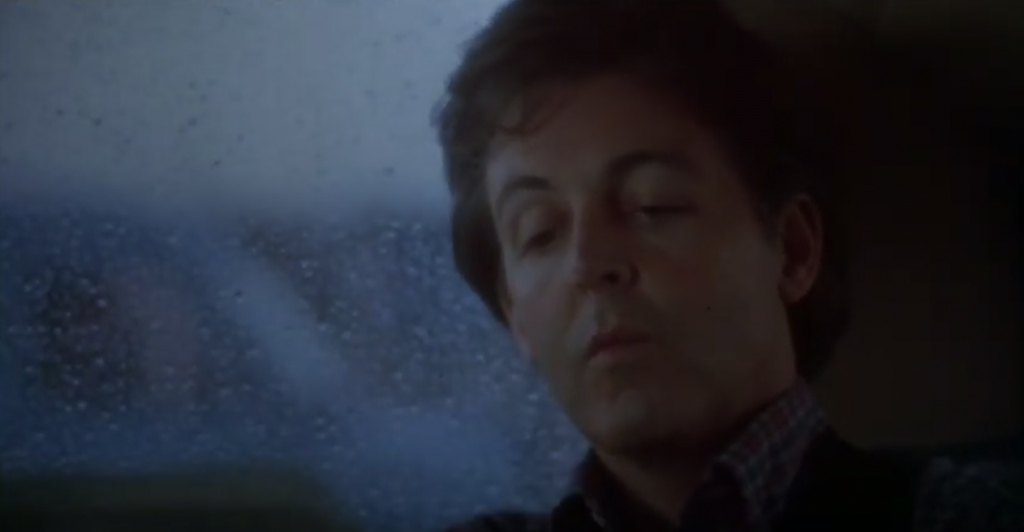
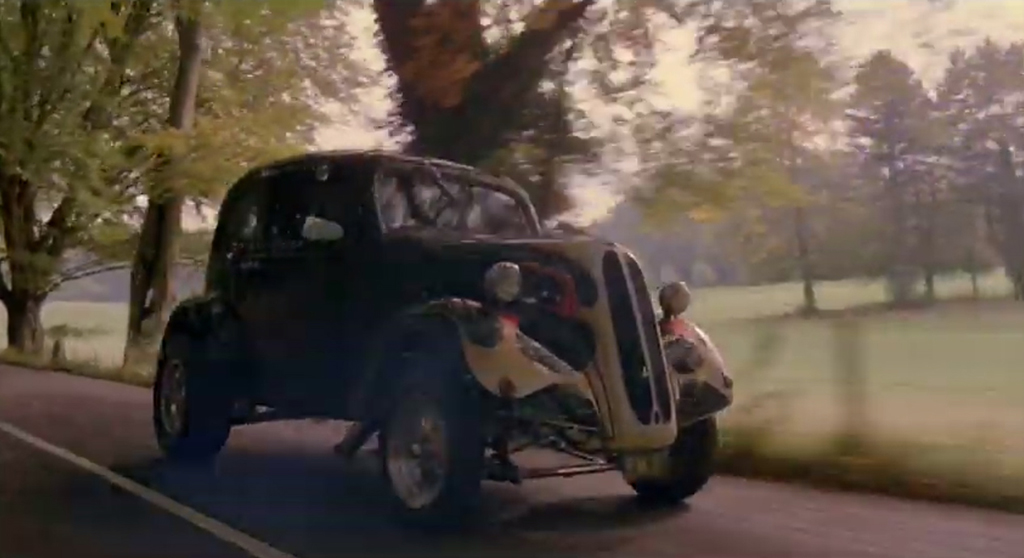
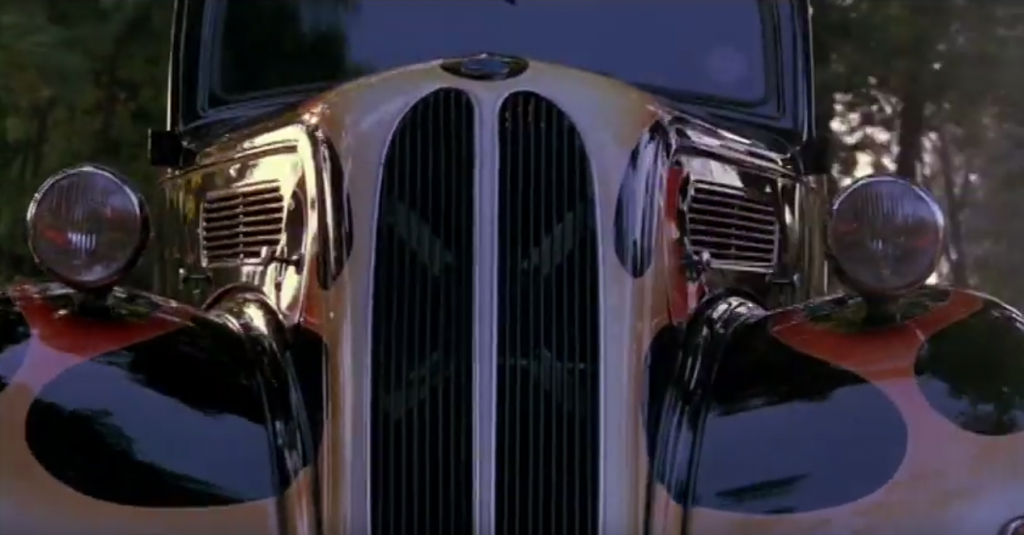
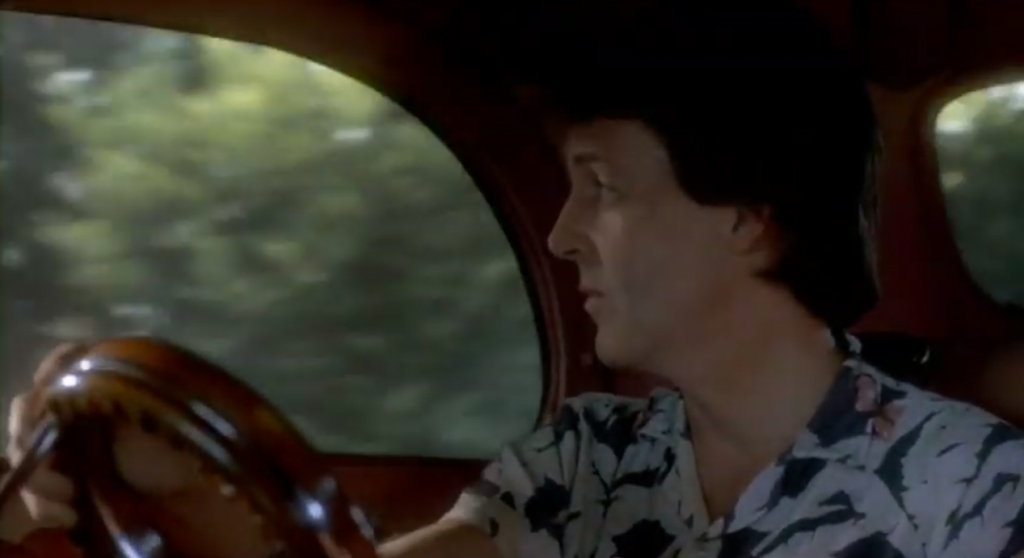
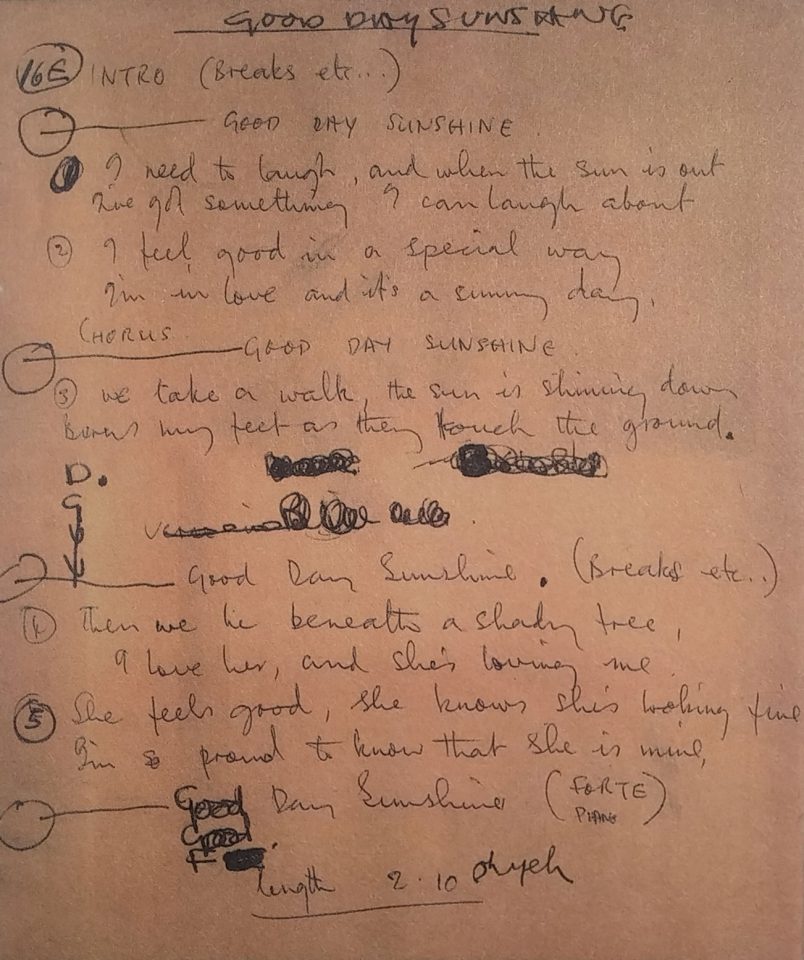
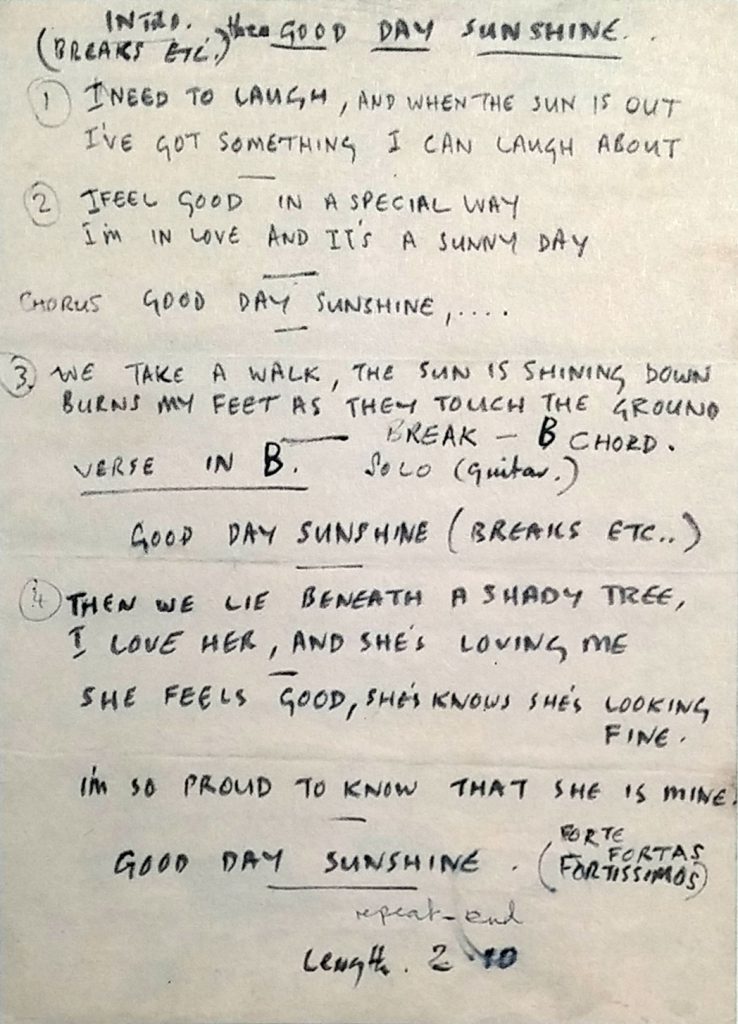
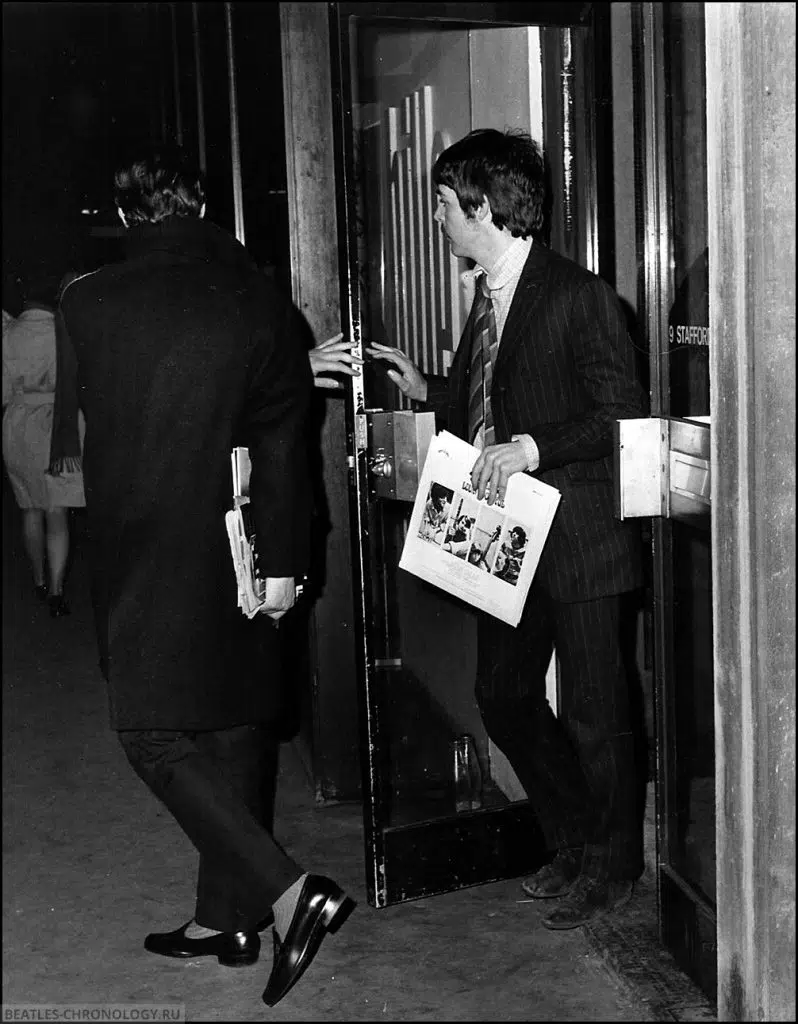
Good day sunshine,
Good day sunshine,
Good day sunshine.
I need to laugh, and when the sun is out
I've got something I can laugh about,
I feel good, in a special way.
I'm in love and it's a sunny day.
Good day sunshine,
Good day sunshine,
Good day sunshine.
We take a walk, the sun is shining down,
Burns my feet as they touch the ground.
Good day sunshine,
Good day sunshine,
Good day sunshine.
And then we lie, beneath a shady tree,
I love her and she's loving me.
She feels good, she knows she's looking fine.
I'm so proud to know that she is mine.
Good day sunshine,
Good day sunshine,
Good day sunshine.
Good day sunshine,
Good day sunshine,
Good day sunshine,
Good day sunshine.
LP • Released in 1966
2:09 • Studio version • A • Mono
Paul McCartney : Handclaps, Piano, Vocals Ringo Starr : Drums, Handclaps John Lennon : Backing vocals, Bass (?), Handclaps George Harrison : Backing vocals, Bass (?), Handclaps George Martin : Piano, Producer Geoff Emerick : Recording engineer
Session Recording: Jun 08, 1966 • Studio EMI Studios, Studio Two, Abbey Road
Session Overdubs: Jun 09, 1966 • Studio EMI Studios, Studio Two, Abbey Road
Session Mixing: Jun 22, 1966 • Studio EMI Studios, Studio Three, Abbey Road
LP • Released in 1966
2:11 • Studio version • B • Stereo
Paul McCartney : Handclaps, Piano, Vocals Ringo Starr : Drums, Handclaps John Lennon : Backing vocals, Bass (?), Handclaps George Harrison : Backing vocals, Bass (?), Handclaps George Martin : Piano, Producer Geoff Emerick : Recording engineer
Session Recording: Jun 08, 1966 • Studio EMI Studios, Studio Two, Abbey Road
Session Overdubs: Jun 09, 1966 • Studio EMI Studios, Studio Two, Abbey Road
Session Mixing: Jun 22, 1966 • Studio EMI Studios, Studio Three, Abbey Road
Revolver (UK Mono - first pressing)
LP • Released in 1966
2:09 • Studio version • A • Mono
Paul McCartney : Handclaps, Piano, Vocals Ringo Starr : Drums, Handclaps John Lennon : Backing vocals, Bass (?), Handclaps George Harrison : Backing vocals, Bass (?), Handclaps George Martin : Piano, Producer Geoff Emerick : Recording engineer
Session Recording: Jun 08, 1966 • Studio EMI Studios, Studio Two, Abbey Road
Session Overdubs: Jun 09, 1966 • Studio EMI Studios, Studio Two, Abbey Road
Session Mixing: Jun 22, 1966 • Studio EMI Studios, Studio Three, Abbey Road
LP • Released in 1966
2:09 • Studio version • A • Mono
Paul McCartney : Handclaps, Piano, Vocals Ringo Starr : Drums, Handclaps John Lennon : Backing vocals, Bass (?), Handclaps George Harrison : Backing vocals, Bass (?), Handclaps George Martin : Piano, Producer Geoff Emerick : Recording engineer
Session Recording: Jun 08, 1966 • Studio EMI Studios, Studio Two, Abbey Road
Session Overdubs: Jun 09, 1966 • Studio EMI Studios, Studio Two, Abbey Road
Session Mixing: Jun 22, 1966 • Studio EMI Studios, Studio Three, Abbey Road
LP • Released in 1966
2:11 • Studio version • B • Stereo
Paul McCartney : Handclaps, Piano, Vocals Ringo Starr : Drums, Handclaps John Lennon : Backing vocals, Bass (?), Handclaps George Harrison : Backing vocals, Bass (?), Handclaps George Martin : Piano, Producer Geoff Emerick : Recording engineer
Session Recording: Jun 08, 1966 • Studio EMI Studios, Studio Two, Abbey Road
Session Overdubs: Jun 09, 1966 • Studio EMI Studios, Studio Two, Abbey Road
Session Mixing: Jun 22, 1966 • Studio EMI Studios, Studio Three, Abbey Road
Give My Regards To Broad Street (CD version)
Official album • Released in 1984
2:33 • Studio version • C • Stereo
Performed by : Paul McCartney Paul McCartney : Vocals George Martin : Piano, Producer Geoff Emerick : Recording engineer (?) Jon Jacobs : Assistant engineer (?) Stuart Breed : Assistant engineer (?) John Kelly : Recording engineer (?)
Session Recording: Between December 1982 and July 1984 • Studio Unknown location
Give My Regards To Broad Street (LP version)
Official album • Released in 1984
2:33 • Studio version • C1 • Stereo • The LP version is edited down to 1'44 from 2'13 on the CD version
Performed by : Paul McCartney Paul McCartney : Vocals George Martin : Piano, Producer Geoff Emerick : Recording engineer (?) Jon Jacobs : Assistant engineer (?) Stuart Breed : Assistant engineer (?) John Kelly : Recording engineer (?)
Session Recording: Between December 1982 and July 1984 • Studio Unknown location
CD Single • Released in 1990
2:33 • Live • L1
Performed by : Paul McCartney • Linda McCartney • Robbie McIntosh • Hamish Stuart • Paul Wickens • Chris Whitten Paul McCartney : Producer Peter Henderson : Producer Bob Clearmountain : Mixing engineer, Producer Jeff Cohen : Recording engineer Geoff Foster : Assistant engineer
Concert From the concert in Montreal, Canada on Dec 09, 1989
Give My Regards To Broad Street (1993)
Official album • Released in 1993
2:33 • Studio version • C1993 • Stereo • 1993 remaster
Performed by : Paul McCartney Paul McCartney : Vocals George Martin : Piano, Producer Geoff Emerick : Recording engineer (?) Jon Jacobs : Assistant engineer (?) Stuart Breed : Assistant engineer (?) John Kelly : Recording engineer (?) Peter Mew : Remastering
Session Recording: Between December 1982 and July 1984 • Studio Unknown location
Revolver (Mono - 2009 remaster)
Official album • Released in 2009
2:09 • Studio version • A2009 • Mono • 2009 mono remaster
Paul McCartney : Handclaps, Piano, Vocals Ringo Starr : Drums, Handclaps John Lennon : Backing vocals, Bass (?), Handclaps George Harrison : Backing vocals, Bass (?), Handclaps George Martin : Piano, Producer Geoff Emerick : Recording engineer Paul Hicks : Remastering Guy Massey : Remastering Sean Magee : Remastering Allan Rouse : Project co-ordinator
Session Recording: Jun 08, 1966 • Studio EMI Studios, Studio Two, Abbey Road
Session Overdubs: Jun 09, 1966 • Studio EMI Studios, Studio Two, Abbey Road
Session Mixing: Jun 22, 1966 • Studio EMI Studios, Studio Three, Abbey Road
Unofficial live
2:35 • Live
Concert From the concert in Hamburg, Germany on Oct 03, 1989
Indianapolis IN February 15, 1990
Unofficial live
2:34 • Live
Concert From the concert in Indianapolis, USA on Feb 15, 1990
Live at The Ahoy, Rotterdam, Nov 7, 1989
Unofficial live
3:03 • Live
Concert From the concert in Rotterdam, Netherlands on Nov 07, 1989
Unofficial live
3:50 • Live
Concert From the concert in Des Moines, USA on Oct 27, 2005
2022 • For The Beatles
“Good Day Sunshine” has been played in 135 concerts and 1 soundchecks.
Jul 07, 2015 • Part of Out There Tour
Jul 04, 2015 • Part of Summer festivals 2015
Jul 20, 2008 • Canada • Quebec City • Plains Of Abraham
Jun 14, 2008 • Ukraine • Kyiv • Independence Square
Los Angeles • Staples Center • USA
Nov 30, 2005 • Part of The US Tour
The Lyrics: 1956 to the Present
"Good Day Sunshine" is one of the songs featured in the book "The Lyrics: 1956 to the Present," published in 2021. The book explores Paul McCartney's early Liverpool days, his time with the Beatles, Wings, and his solo career. It pairs the lyrics of 154 of his songs with his first-person commentary on the circumstances of their creation, the inspirations behind them, and his current thoughts on them.

Notice any inaccuracies on this page? Have additional insights or ideas for new content? Or just want to share your thoughts? We value your feedback! Please use the form below to get in touch with us.